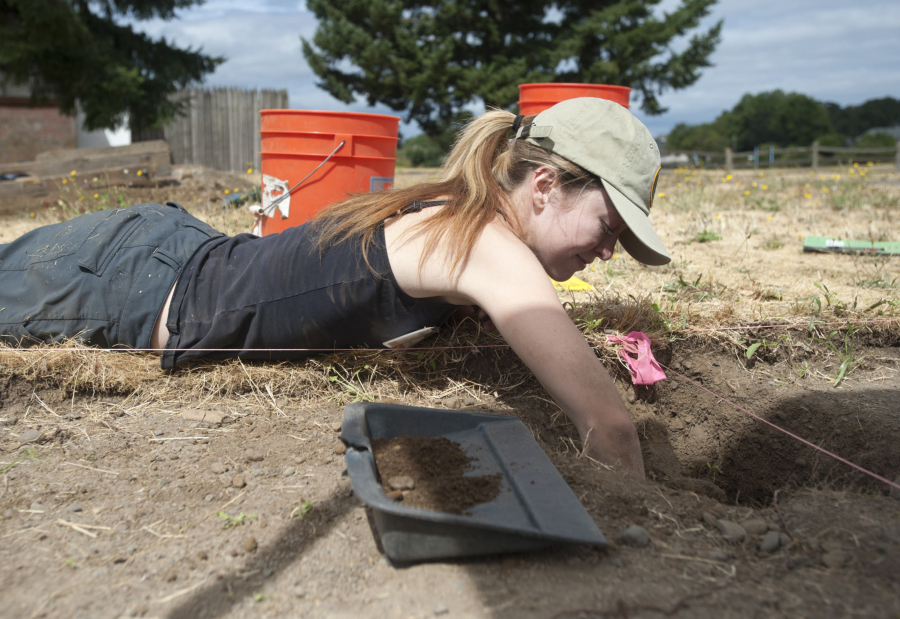New research on an old riverfront site will be a highlight of this summer’s Public Archaeology Field School at Fort Vancouver.
The annual sessions give college students hands-on experience in field research at archaeological sites. Results of the digs help fill in the archaeological record at the Fort Vancouver National Historic Site, where communities lived long before making contact with white explorers and traders. More recent occupants included the Hudson’s Bay Company and the U.S. Army.
The research locations can move around, and this year’s school — which starts Tuesday, June 28 — will include a spot along the Columbia River’s waterfront.
“I’ve been dying to get out there,” said Doug Wilson, National Park Service archaeologist. “There are some real interesting indications that we might have a pre-contact site, and we will be learning more about that.”




